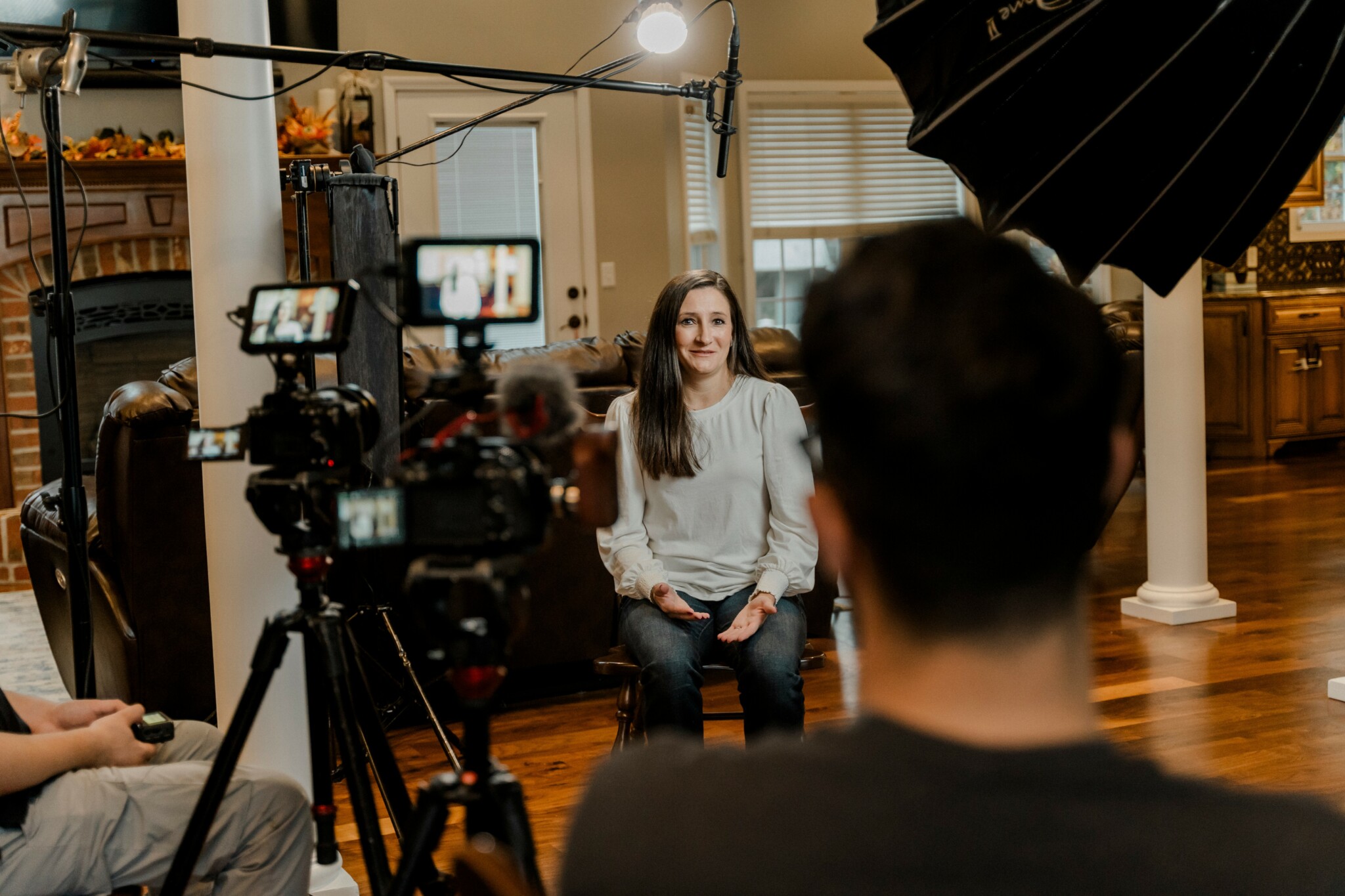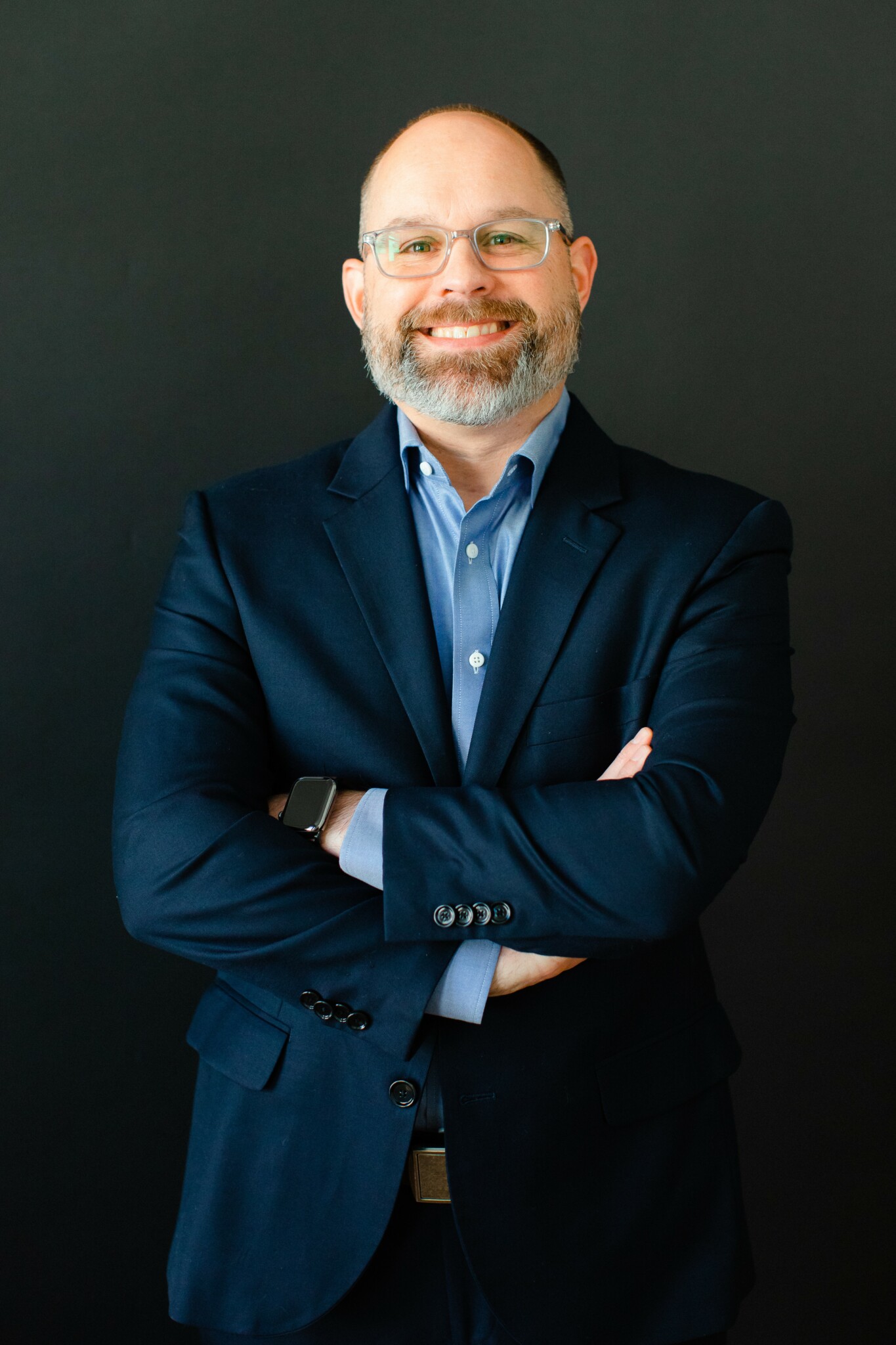We caught up with the brilliant and insightful Josh Hester a few weeks ago and have shared our conversation below.
Hi Josh, thanks for joining us today. We’d love to start by getting your thoughts on what you are seeing as some the biggest trends emerging in your industry.
Clients often come to us frustrated. They’ve been pushing out blog posts, social media updates, and email newsletters at a breakneck pace because that’s what the marketing playbook told them to do. It’s exhausting. And despite all that effort, engagement is… meh.
Here’s the problem: We, as marketers, have fallen into creating content just to create content. We’re filling feeds, maybe even satisfying algorithms to some degree, but we’re not reaching hearts. We’re definitely not building the kind of deep, lasting emotional connections that turn audiences into believers.
Right now, the marketing industry is being flooded with AI-generated content—articles, videos, even entire campaigns—pumped out in seconds to game the system. And real audiences? They’re tuning out. People are drowning in content that lacks originality, soul, and, most importantly, purpose.
Here’s the bet we’re making: As the noise increases, high-quality, human-driven storytelling will stand out more than ever. Authenticity, craft, and emotional connection will separate the brands that are heard from the ones that fade into the scroll.
For marketers, the key question isn’t how much content we can push out. It’s why we’re creating it in the first place. Is it valuable? Does it resonate? Will someone feel something when they experience it?
At Storyteller Studios, our process is built around these questions. We help clients uncover real stories—the ones that stir something in people. We craft them with care, using the tools of documentary filmmaking to ensure every frame, every interview, every moment feels honest and true.
Because at the end of the day, marketing isn’t about content. It’s about connection. And connection doesn’t happen through AI-generated noise. It happens through a story worth telling.


Great, appreciate you sharing that with us. Before we ask you to share more of your insights, can you take a moment to introduce yourself and how you got to where you are today to our readers.
I took a leap 13 years ago. I walked away from a steady job, a predictable paycheck, and the illusion of security to start a company built on one simple idea: storytelling matters. Not just in books or movies, but in business, in nonprofits, in the causes that shape our world.
I founded Storyteller Studios because I believed—and still believe—that great storytelling can move people to think, to feel, and to act. And in a world drowning in noise, that kind of authentic connection is more valuable than ever.
Storyteller Studios is an Emmy® Award-winning video production company. We work with purpose-driven brands and nonprofits to craft documentary-style videos that inspire action and build trust. Our projects range from mission-driven brand films to donor appeals, training videos, and corporate storytelling—always with a focus on authenticity.
Our clients come to us because they have a story to tell but aren’t sure how to tell it. Maybe they need to connect with customers in a way that goes beyond a sales pitch. Maybe they need to move potential donors from passive interest to real commitment. Maybe they’re tired of generic marketing and want something real.
What we offer isn’t just a video—it’s a way to communicate their mission, their purpose, and their impact in a way that resonates deeply with their audience.
There are plenty of video production companies out there. Some focus on flashy visuals. Others specialize in churning out content in bulk. That’s not us.
We believe in the power of documentary filmmaking—the kind that captures real people, real stories, and real moments with honesty and respect. We don’t do gimmicks. We don’t follow trends just to follow trends. We tell stories that matter.
I’m proud of the work we do, but more than that, I’m proud of the trust our clients place in us. They invite us into their world, let us capture their most important moments, and trust us to honor their stories.
I’m proud of the relationships we’ve built—not just with clients, but with the people featured in our films. We don’t just show up with cameras and lights. We listen. We learn. We care.
And I’m proud that, after more than a decade, we’re still here—proving that good storytelling isn’t just an art form. It’s a business strategy. One that works.
If you’re looking for another piece of “content” to check off a list, we might not be the right fit. But if you’re looking for a story—one that connects, inspires, and moves people to action—we’d love to talk.
Because at the end of the day, marketing isn’t about what you sell. It’s about what you stand for.


Is there something you think non-creatives will struggle to understand about your journey as a creative?
There’s a common misconception in marketing—especially in agency work—that creative services are a commodity. That video, design, copywriting, and strategy are interchangeable. That anyone with a camera or a Canva account can do what we do.
And I get it. On the surface, creativity looks effortless. A great story feels natural, like it’s just there. A well-produced video flows so seamlessly that the craft behind it disappears. That’s the goal, after all—to create something so effective, so human, that the mechanics don’t show.
But here’s the thing: Good creative work is not just art. It’s psychology. It’s engineering. It’s science. And yes, it’s art, too. It’s knowing how to shape a narrative so it sticks. It’s understanding human behavior and what makes people feel something. It’s not just about making things look nice—it’s about making them work.
Marketing that actually moves people isn’t the result of picking up a camera and hitting record. It’s a process. It’s research, strategy, storytelling, lighting, sound, pacing, and post-production. It’s understanding how a brand fits into a larger conversation. It’s knowing the difference between something that simply looks good and something that performs.
And yet, in this industry, creative services often get lumped into a bucket labeled “soft skills.” As if storytelling is a nice-to-have rather than the foundation of every successful brand, movement, or message. As if a full-service, professional video team is the same as, well, your friend Amanda who has a camera.
It’s not.
I don’t say that out of bitterness—I say it out of respect for the craft. The best creative work looks effortless because of the expertise behind it. The teams capable of doing it well are not interchangeable. Creativity isn’t a commodity, and the ability to create engaging, high-impact marketing isn’t a fluke. It’s a skill set. It’s a profession. And when done right, it’s a competitive advantage.


How do you keep your team’s morale high?
I couldn’t have accomplished anything we have in the past 12 years without my team. Period. Each of them brings something different—different skills, different perspectives, different ways of thinking. And that’s exactly the point. We play to our strengths, we respect each other, and we respect the work.
Leading a team of creative professionals is a unique and rewarding challenge. It’s about fostering an environment where creative people can do their best work—where they feel ownership, where they feel challenged, and where they know their contributions matter.
My philosophy on leadership is pretty simple:
1. Hire great people. Skills can be taught, but character, work ethic, and passion can’t. I look for people who are not only talented but also deeply invested in the work we do.
2. Give them a compelling vision. People need to know why they’re showing up every day. What’s the bigger picture? Why does this work matter? If your team doesn’t believe in the mission, they won’t bring their best selves to it.
3. Give them the tools they need to succeed. This isn’t just about gear (though gear matters). It’s about training, mentorship, structure, and clear expectations. Creative work isn’t magic—it thrives under the right conditions.
4. Get out of their way. The best thing a leader can do is clear obstacles and let the team do what they do best. Creativity flourishes when people feel trusted and empowered—not when they feel micromanaged.
5. Never let culture become an afterthought. This one is critical. A positive, productive culture doesn’t happen by accident. It requires relentless intentionality. How people feel about their work and their place in the team will make or break performance. If morale is low, it’s on leadership to figure out why and fix it.
At the end of the day, I’m here to serve my team as much as they serve our clients. My job is to give them what they need to do great work—then step back and let them do it. That’s how we’ve built something lasting. And that’s how we’ll keep moving forward.
Contact Info:
- Website: https://storytellerstudios.com
- Instagram: https://www.instagram.com/thestorytellerstudios/
- Facebook: https://www.facebook.com/TheStorytellerStudios
- Linkedin: https://www.linkedin.com/company/storytellerstudios/
- Youtube: https://www.youtube.com/@thestorytellerstudios
- Other: We’re now offering The First Language eBook (written by Founder, Josh Hester) and a robust, practical application Workbook for Marketers—completely free. Whether you’re crafting brand messaging, building campaigns, or just trying to connect more deeply with your audience, these tools will help you apply timeless storytelling principles to modern marketing.
If you’re a marketer, you’re a storyteller. Let’s make sure the story you’re telling is one worth hearing. https://storytellerstudios.com/the-first-language/introducing-the-first-language










